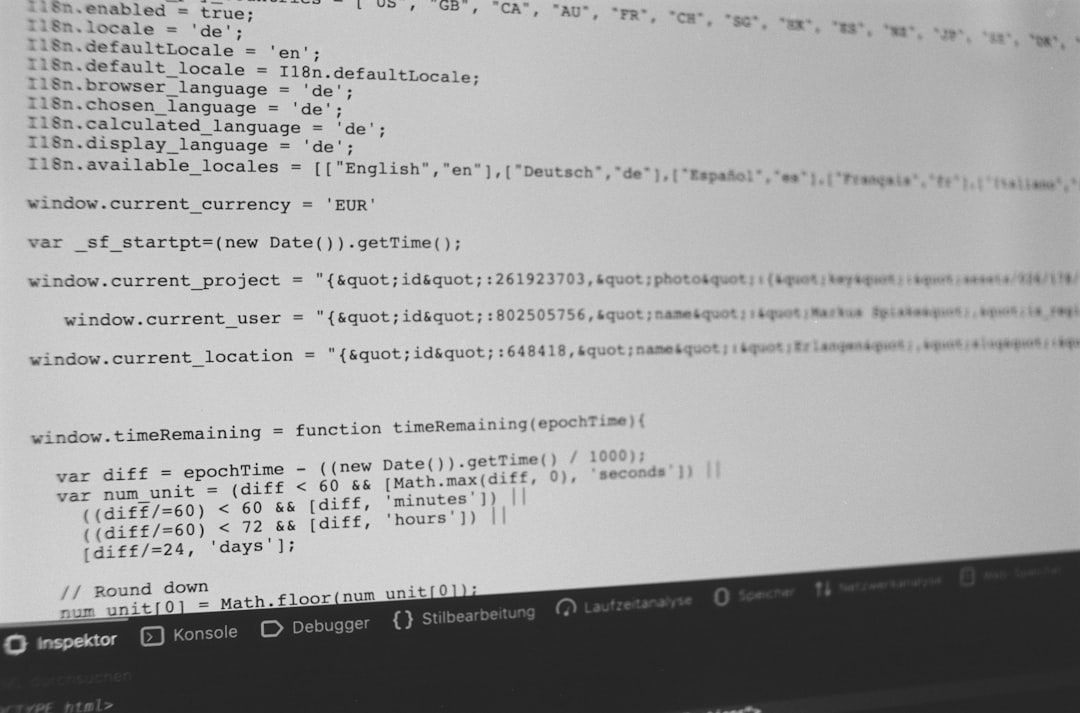As cyber threats grow more sophisticated and persistent, traditional security measures often fall short of providing comprehensive protection. In response, organizations are increasingly turning to Endpoint Detection and Response (EDR) solutions to detect, investigate, and mitigate threats in real time. Yet, the effectiveness of these systems is significantly amplified when integrated with Artificial Intelligence (AI) and Machine Learning (ML). These technologies lie at the heart of managed EDR solutions, facilitating rapid detection, autonomous response, and adaptive defense mechanisms.
The Evolution of EDR with AI and ML
Traditional EDR platforms rely heavily on predefined signatures and static rules, which often lag behind the rapidly evolving threat landscape. Incorporating AI and ML into EDR solutions enables dynamic, behavior-based analysis, allowing systems to detect previously unknown threats and subtle anomalies. Managed EDR services leverage these capabilities to provide a proactive, intelligent security posture that evolves over time.
By continuously learning from vast streams of data across endpoints, networks, and threat intelligence feeds, AI-enhanced EDR platforms are able to:
- Identify suspicious behavior patterns that deviate from established baselines
- Distinguish between benign and malicious activity with greater precision
- Improve incident response times through automation and intelligent prioritization

Key Roles of AI and ML in Managed EDR Solutions
1. Threat Detection and Anomaly Identification
AI and ML algorithms are capable of analyzing vast amounts of data from multiple endpoints concurrently. Instead of depending solely on known malicious signatures, managed EDR solutions use ML models to understand what “normal” behavior looks like and flag deviations in real time. This significantly reduces the dwell time between intrusion and detection, allowing faster mitigation of threats.
2. Automated Triage and Prioritization
Security teams often face overwhelming volumes of alerts. AI-driven EDR systems can filter through these alerts, scoring them by severity and correlating events to present a consolidated incident view. This automated triage allows analysts to focus on high-priority cases, reducing time spent on false positives and noise.
For example, an ML model trained on endpoint telemetry and threat intelligence data may detect a coordinated attack across an organization’s network, even when the components appear benign in isolation. This holistic analysis is crucial to stopping advanced persistent threats (APTs) in their early stages.
3. Intelligent Response and Containment
Once a threat is identified, speed is critical. AI-powered EDR platforms can initiate automated responses such as isolating endpoints, terminating processes, or rolling back malicious changes. This capability reduces the manual labor traditionally associated with threat containment, ensuring a faster and more efficient incident response.
Managed EDR providers often configure these responses based on pre-established policies, allowing for real-time mitigation without human intervention when speed is essential. AI models improve their response strategies over time as they ingest feedback on past decisions, further enhancing future performance.

4. Continuous Learning and Adaptation
The strength of AI and ML lies in their ability to learn and adapt. Managed EDR systems powered by ML are not static; they evolve with the threat landscape. Through unsupervised learning techniques and reinforcement learning, these systems become more adept at recognizing and mitigating emerging attack vectors over time.
This dynamic adaptability ensures that security measures remain effective against zero-day threats and novel attack methodologies. It also enables managed EDR solutions to customize protection based on the specific environmental context and threat profile of each organization they serve.
Enhanced Operational Efficiency for Organizations
By integrating AI and ML into managed EDR, organizations benefit from a higher degree of automation and a sharper focus on critical events. This not only compensates for the global shortage of skilled cybersecurity professionals but also enhances the overall cyber resilience of the organization.
Key advantages include:
- Reduced incident response times due to automated and intelligent decision-making
- Lower operational costs through streamlined triage and investigation processes
- Improved accuracy in threat detection, minimizing false positives and alert fatigue
Conclusion
AI and machine learning have transformed the way managed EDR solutions operate. Their ability to process and interpret vast quantities of data in real time enables security teams to stay ahead of increasingly sophisticated threats. By enhancing detection accuracy, automating responses, and continuously learning from each encounter, AI-powered managed EDR solutions offer a critical advantage in modern cybersecurity defense strategies. As attack surfaces continue to expand and evolve, the strategic integration of AI and ML will remain indispensable for organizations seeking to protect their digital assets effectively.

